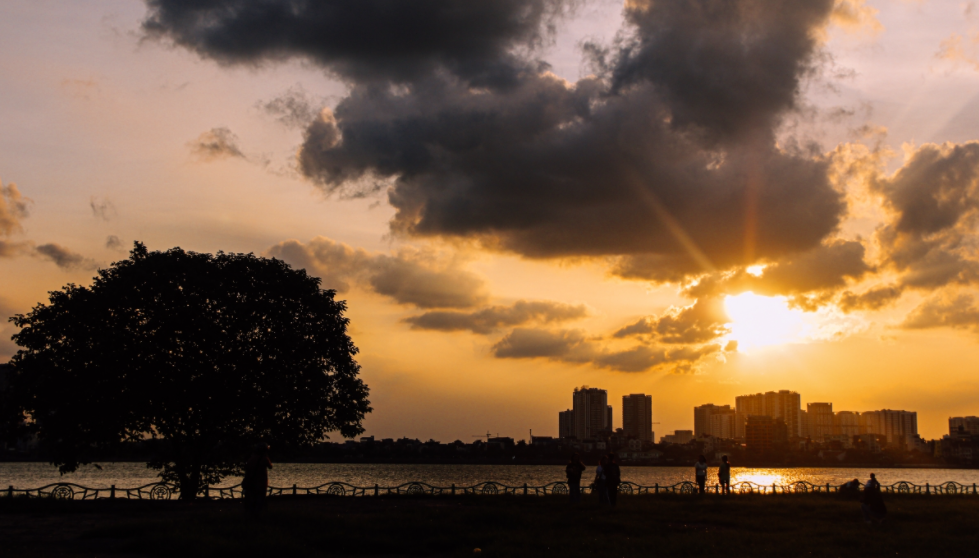Unique Vietnamese cultural village transforms for tourism
| Indonesia aims at Vietnam as top 7 nations for int'l tourism reboot | |
| Breath-taking bird-eye view of Khanh Hoa - Phu Yen route | |
| West Lake's mesmerizing sunset scene |
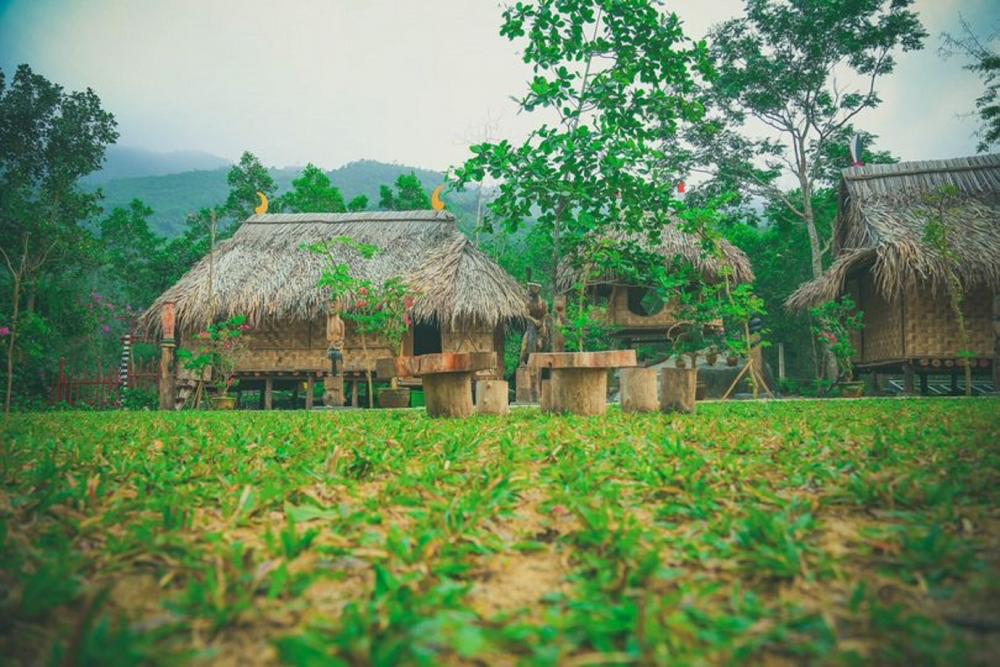 |
| A corner of the traditional village of Co Tu Toom Sara. |
Still a village with ancient traditions, it holds many stories told from the old days, it has rustic houses of coconut leaves and bamboo walls. However, all are being brought a new look for community tourism.
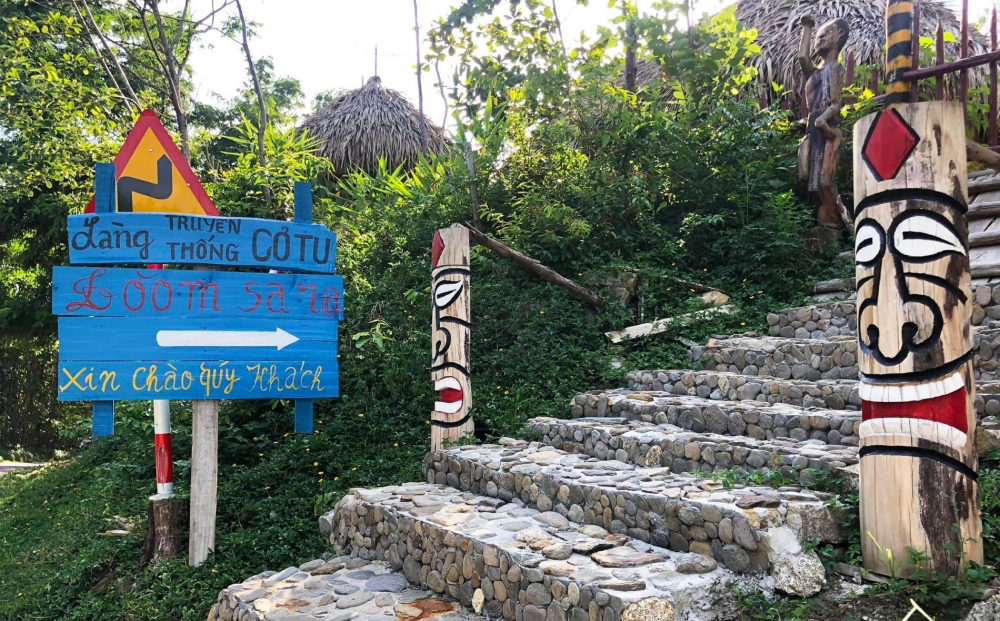 |
| The entrance to Co Tu Traditional Village named Toom Sara. |
Co Tu traditional village named Toom Sara is nestled between the mountains and forests of Hoa Phu commune (Hoa Vang district, Da Nang), about 30 kilometers from the city center. Toom Sara is the long-standing name of the Co Tu ethnic group in Hoa Phu. In the Cotu language "Toom" means stream and "sara" is the name of a flower.
There are flowers blooming here all year round, each flower has its own beauty. Toom Sara is the name that the village elder Alang Doi gave to this new village. Sara is the original name of the stream flowing along Hoa stream today. In the Co Tu language, it is the name of a forest flower - the symbolic flower of the Hoa stream: the Ri Rung flower.
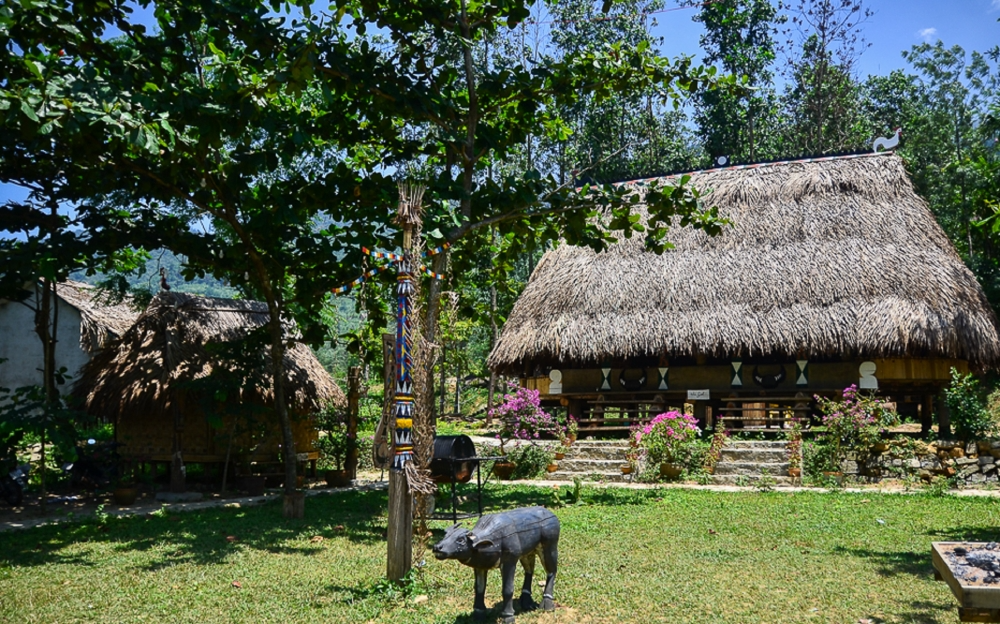 |
| In the front yard of the Guol house, there is a tree, which is a sacred object of the Co Tu people. |
In the early days of summer, when the Covid-19 pandemic rushed back, the village was still a bright green color, full of life. The morning is fresh, the afternoon sunny, and the night colder, comfortable for those looking for a deep sleep. The only thing the village keeps for itself is its contemplative, peaceful look, far from the bustling and crowded city.
 |
| The Co Tu Toom Sara traditional village is not only be a place to preserve culture, but also contributes to the economic development of the Co Tu people. |
The space inside the Guol house and the Moong house was built like many other traditional houses of the Co Tu people. Around the village, there are meticulously sculpted wooden statues, depicting images of Co Tu people's life such as: The "tong tung da da" dance, the forest ghost, and the buffalo.
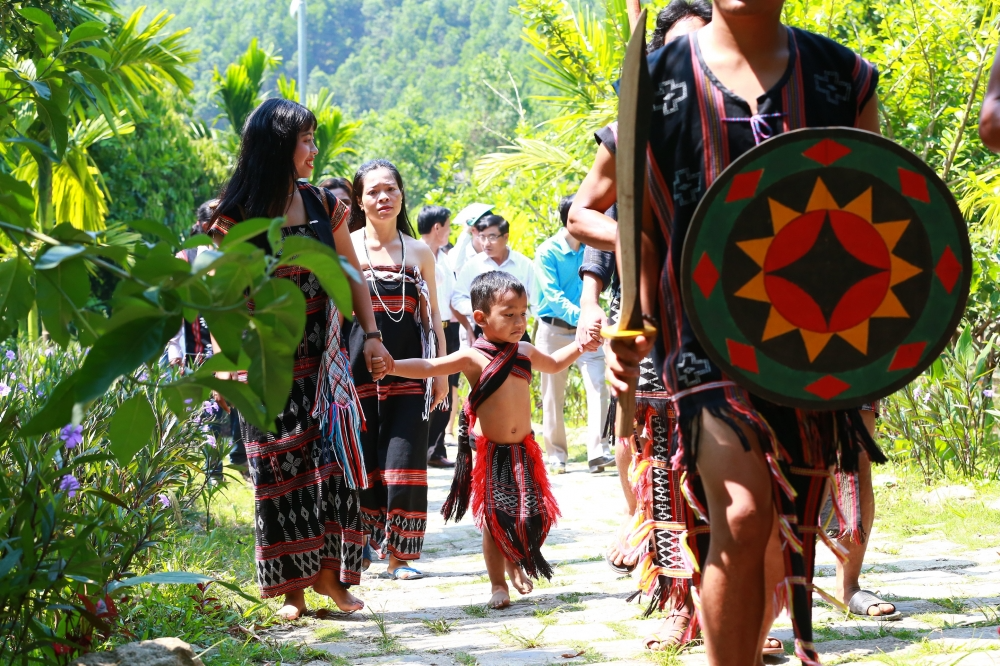 |
| A Co Tu boy in traditional costume |
In the front yard of the Guol's house, there is a tree (x'nur), which is a sacred object of the Co Tu people, connecting with ancestors and gods to pray for a peaceful life. Moong roofs are clustered around, named after the artist who made them. According to the tradition of the Co Tu people, each house is made entirely of rattan, thatch and bamboo. Each has a place to cook, store food and rest.
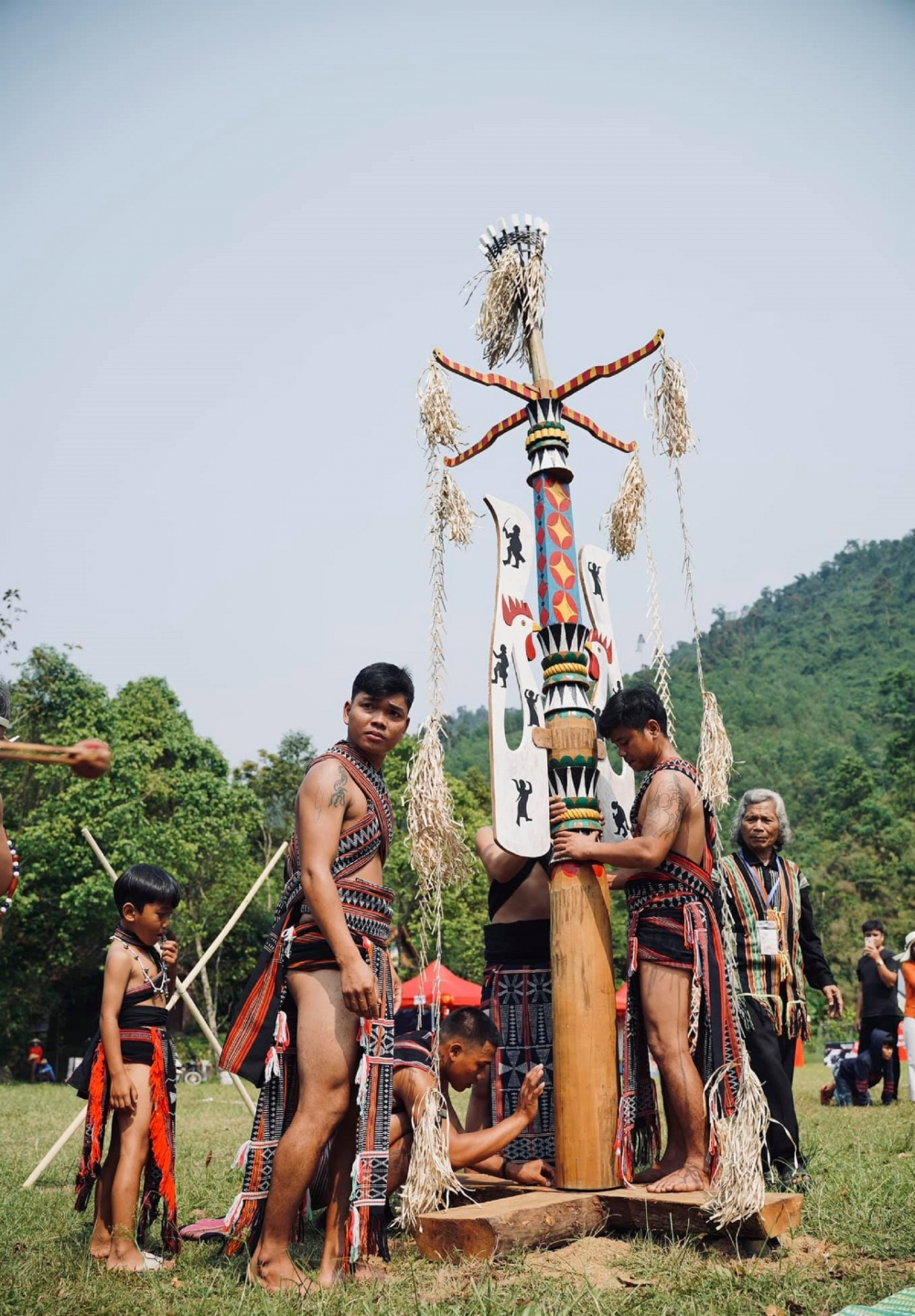 |
| The people of Co Tu village have caught up with tourism. |
The Guol house is the living center of the whole village, the soul and cultural symbol of the Co Tu people. According to A Lang Doi - village elder in Toom Sara, artisans and young people have worked hard to rebuild the Guol house here Toom Sara was restored by local Co Tu artisans according to the model of a traditional Co Tu village, surrounded by many Guol and Moong houses.
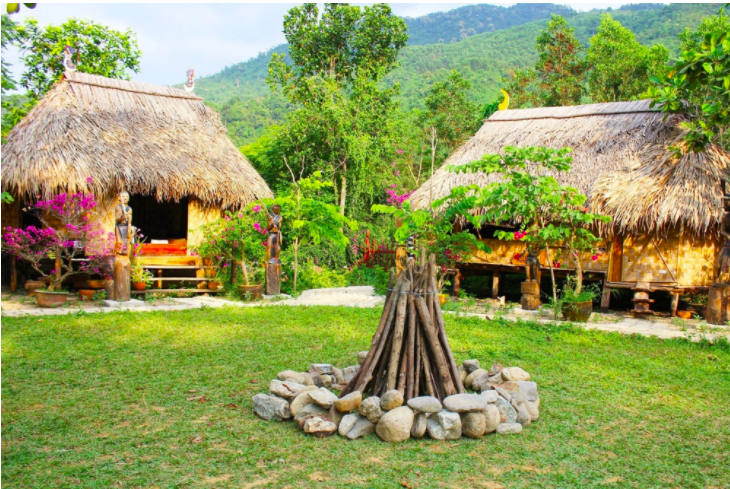 |
| Toom Sara was restored by local Co Tu artisans in accordance with the model of a traditional Co Tu village. |
A Lang Doi - village elder in Toom Sara said: "The Co Tu people live in small villages, one house is 5-7 meters away from the other, arranged in an oval shape to form a closed circle. Each village of the Co Tu people has a certain boundary, separate from other villages. The boundary between villages is usually a forest, old tree or big stream. In the middle of the village, in front of the house or in front of the village gate, there are beautifully hand-carved wooden statues arranged around the village, which hold sacred meanings preserved for generations.
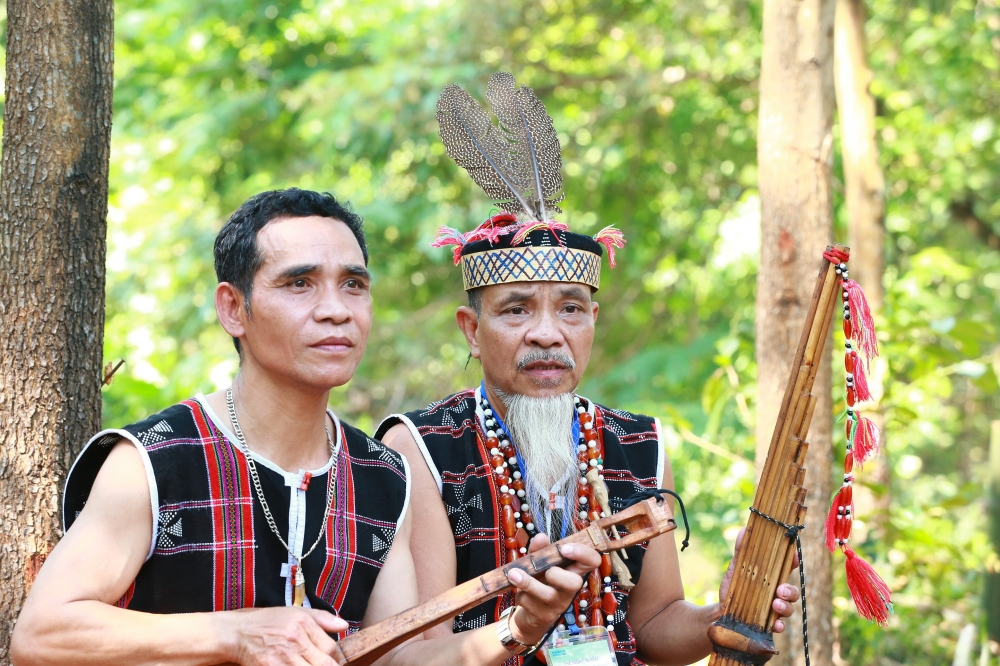 |
| Villagers have fulfilled their wish to build a traditional cultural and tourism village |
With a passion to bring about the most authentic traditional village, Toom Sara has preserved and conveyed the wild and rustic features of house-building, traditional roofing, interior decoration with musical instruments. All make for a unique and memorable stay.
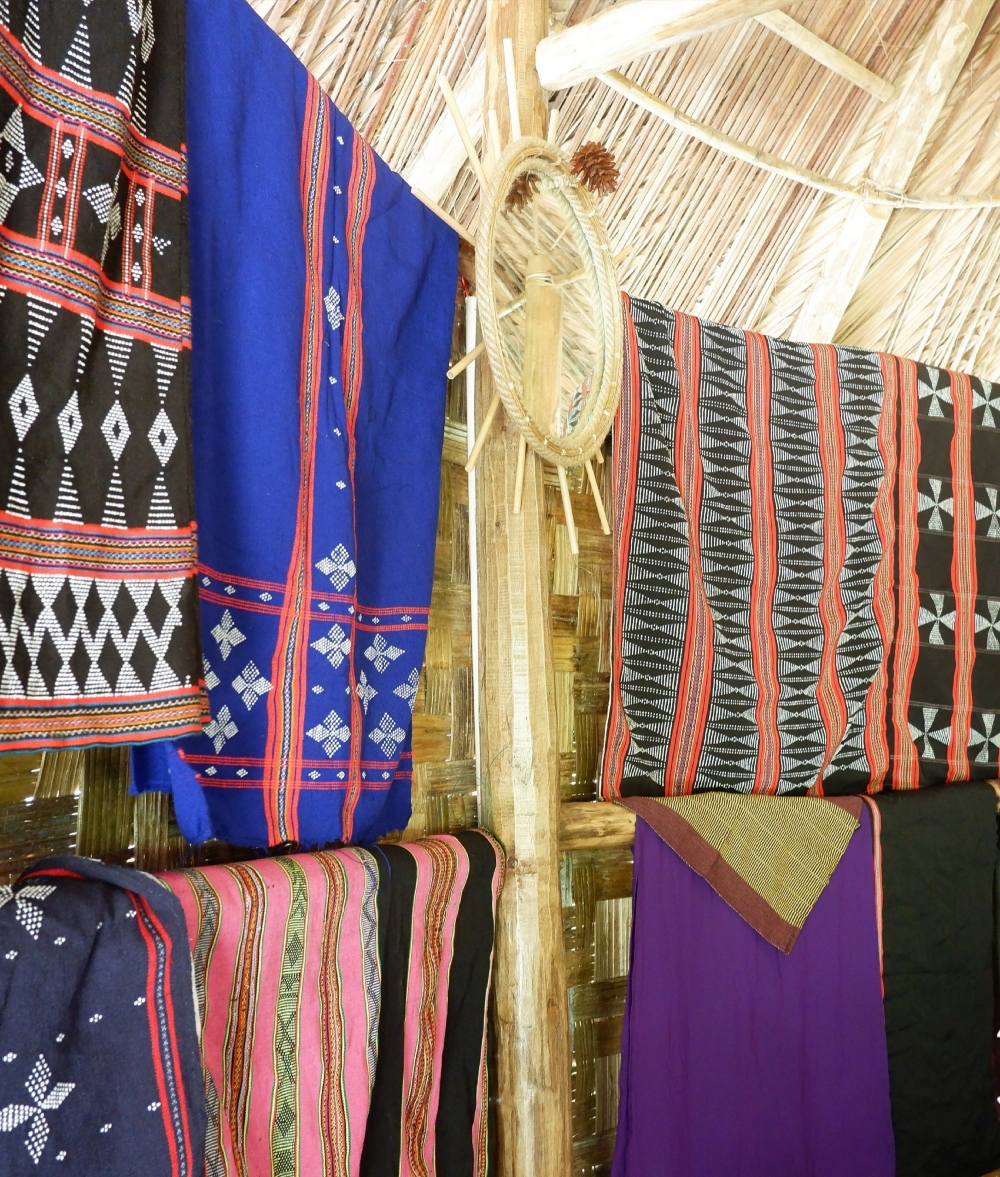 |
| Co tu brocade is woven by women in the village |
The model of community tourism and green tourism in Toom Sara combines sightseeing, along with a form of homestay resort, experiencing traditional forms such as brocade weaving, watching gong dance and enjoying Co Tu specialties such as Phu Tuc wine, grilled meat and bamboo cooked rice.
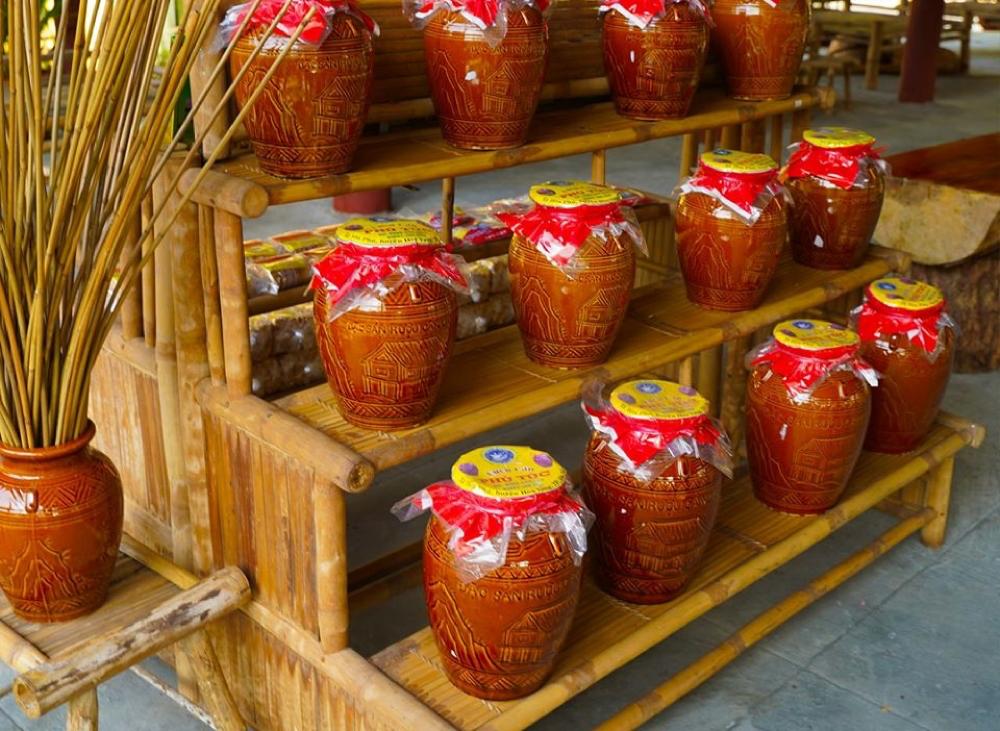 |
| Can wine and Co Tu brocade bring great benefits to the people of the village. |
“Community tourism and eco-tourism are one of the city's strategies to attract tourists in 2021 in Danang. We want community cultural tourism of the Co Tu people to be the main point for tourism development here," said Nguyen Ngoc Hai, secretary of the Party Committee of Hoa Phu commune, said "While preserving the national identity for the Co Tu people, it also help in creating jobs and income for the people. Tourism development models like these not only contribute to creating unique tourism programs, attracting a large number of tourists to visit and experience, but also contribute to preserving the traditional cultural features of the localities."
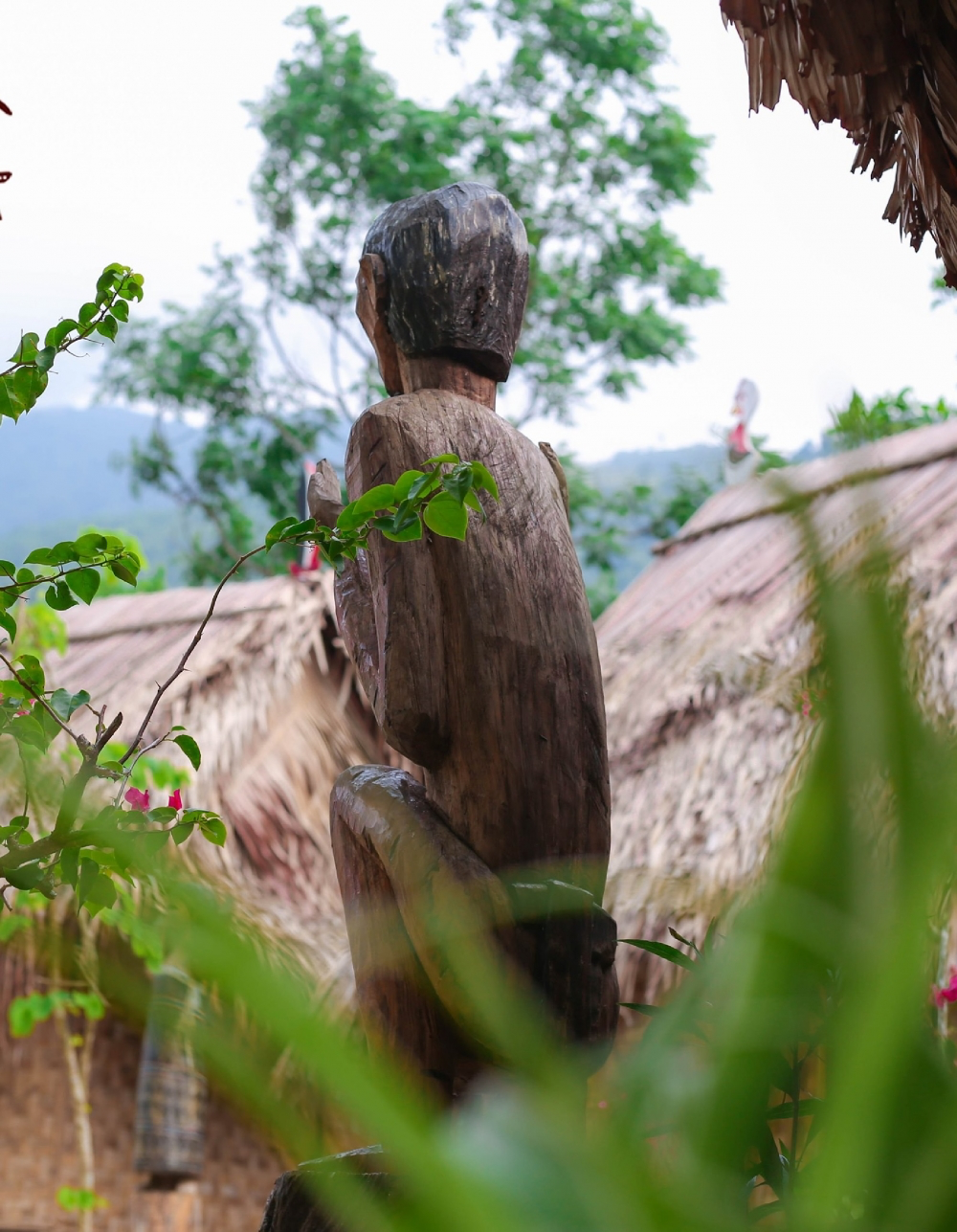 |
| Tourism development models have created unique tourism programs, contributing to preserving traditional cultural features. |
With diligent efforts, it is hoped that the traditional village of Co Tu Toom Sara will not only contribute to the economic development of the Co Tu people but also become an attractive destination for tourists from near and far.
Due to the influence of the pandemic, these days Toom Sara is empty of people, but flowers are still blooming, the village still beautiful and peaceful.
 | Explore the seabed of Hon Mun island Photographer Pham Huy Trung captures the beauty of coral reefs and creatures in the waters of Hon Mun, Nha Trang. |
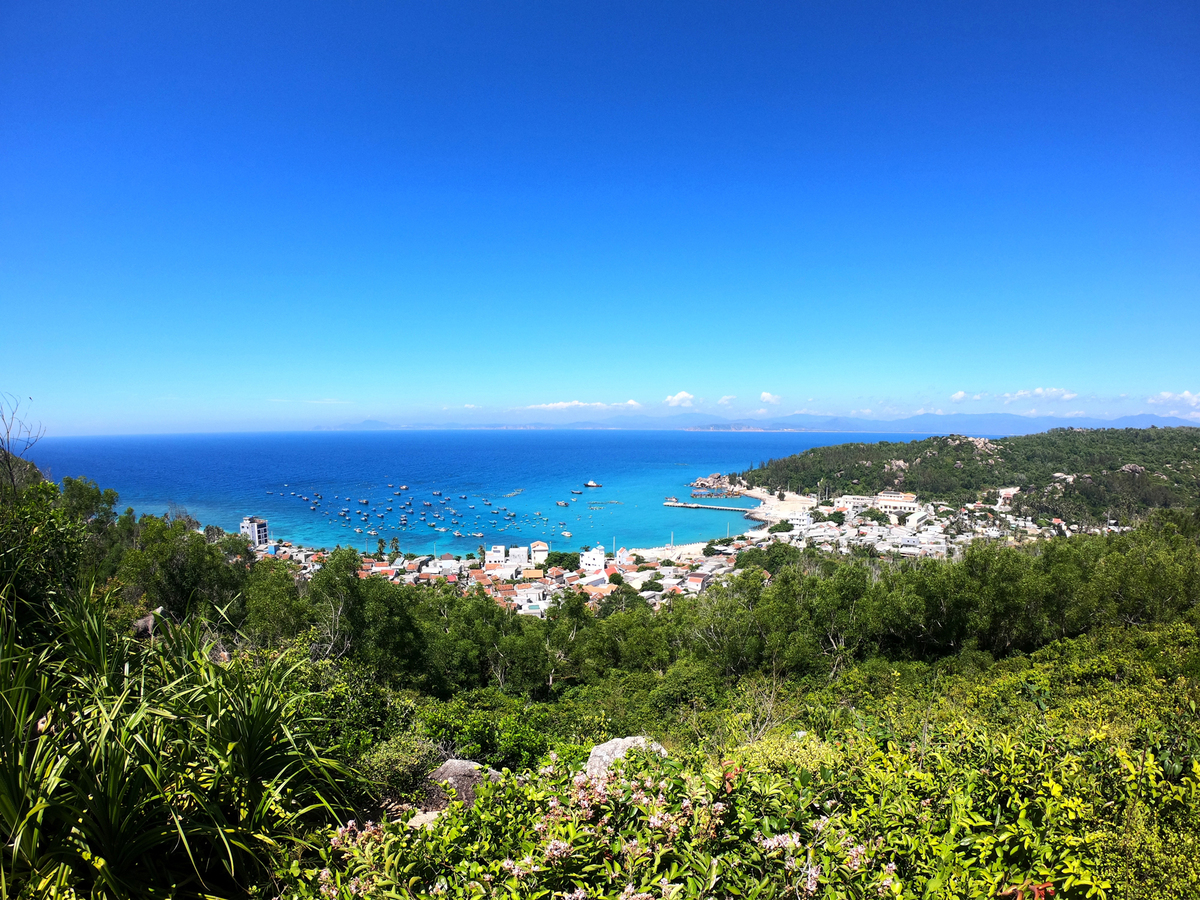 | Cu Lao Xanh, summer paradise for beach-lovers About 30-40 minutes by canoe from Quy Nhon, Cu Lao Xanh Island boasts a pristine beauty with crystal-clear beaches and fresh air. |
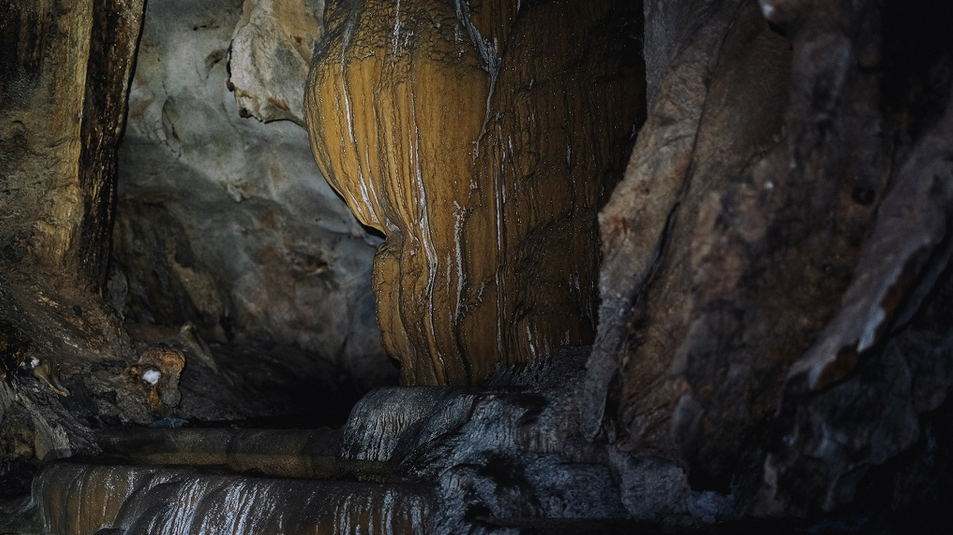 | Masterpiece of stalactites in Quang Binh's cave Cha Loi cave (Quang Binh province) is a suitable destination for a 2-day journey. |
Recommended
 Handbook
Handbook
Vietnam Moves Up 8 Places In World Happiness Index
 Handbook
Handbook
Travelling Vietnam Through French Artist's Children Book
 Multimedia
Multimedia
Vietnamese Turmeric Fish among Best Asian Dishes: TasteAtlas
 Handbook
Handbook
From Lost to Found: German Tourist Thanks Vietnamese Police for Returning His Bag
Popular article
 Handbook
Handbook
Prediction and Resolution for the Disasters of Humanity
 Handbook
Handbook
16 French Films To Be Shown For Free During Tet Holiday In Vietnam
 Handbook
Handbook
Unique Cultural and Religious Activities to Welcome Year of the Snake
 Handbook
Handbook



